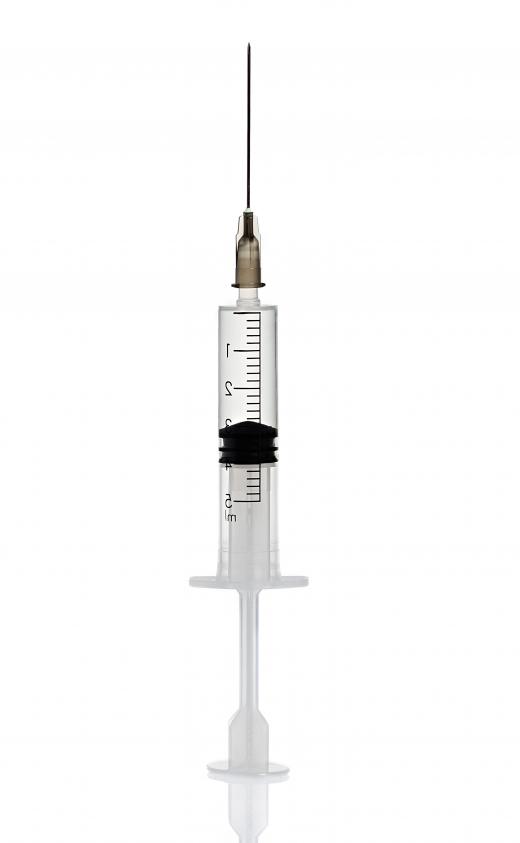Silicone parts are used in a wide variety of commercial and industrial products due to the general properties of silicone compounds, which are an ability to resist chemical breakdown from corrosive agents and high temperatures, and their soft, flexible nature. Everything from gaskets in automotive engines, to children's toys, contact lenses, lubricants and a wide range of medical implants and mechanical and electrical parts are made out of silicone parts. China is one of the world leaders in production of silicone parts for the construction, electrical, cosmetics, and textiles industries, producing 480,000 tons of silicone monomers in 2009 and showing an annual 30% increase of the demand for silicone based products from 2002- 2008.
Other national locations for the production of silicone compounds include Japan, the U.S., European nations, such as Holland, Taiwan, Korea, and Singapore. Initially, manufacturers produce a low molecular weight monomer composed of silicon, carbon, hydrogen, and oxygen. These silicone products are then refined into various forms of polymers of high molecular weight with varying physical properties. Though silicones range from oil form to a gel or flexible form of plastic, they are not derived from organic petroleum like synthetic rubber is, which is one of the main compounds used in many of the same applications as silicone.

Development of both silicone compounds and synthetic rubber was pioneered by English chemist Frederick Stanley Kipping in the late 1800s to early 1900s. Kipping was responsible for coining the term "silicone." His work kick started an industry that in 2008 produced 1.5 million tonnes of silicone parts worldwide, with growth to 2.32 million tonnes in 2015, at a value of $4.17 billion US Dollars (USD).
The construction industry consumes roughly 40% of the silicone produced, including everything from paints and resins to insulation materials and high-temperature coatings for ovens and chimneys. The automotive industry consumes about 15% of the material for silicone parts, with about 540,000 tonnes used to produce silicone seals and other automotive parts. Electrical and electronics products use 13% of worldwide silicone and medical products are the single biggest user for the rest.
New types of silicone being developed include self-lubricating oil free elastomers for protection against moisture in electronics. Silicone products that can withstand high-voltage currents without breaking down are also under development. As well, UV-active silicone parts are now being manufactured that can lower energy costs in electrical circuits, as well as flame retardant silicone rubber to suppress electrical fires as well.
